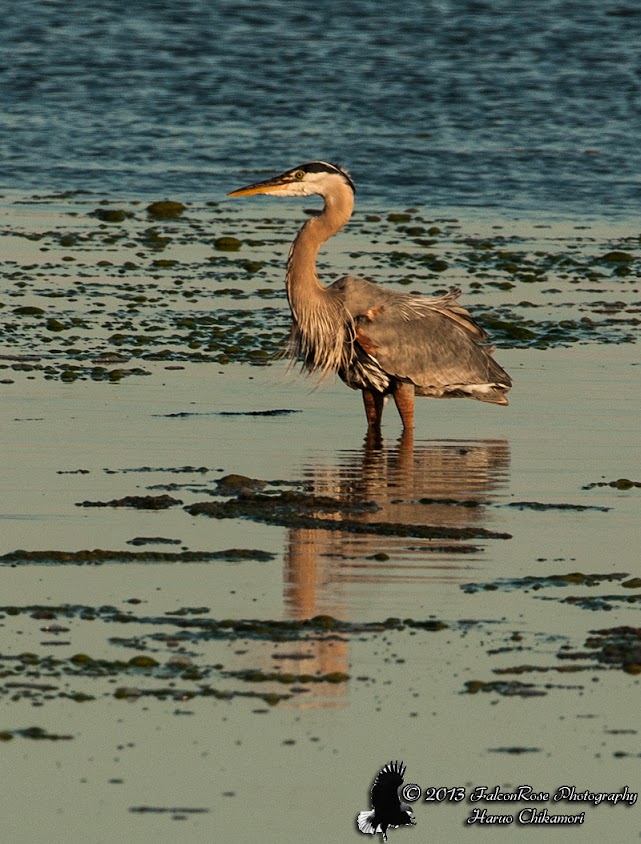Bird Photography Ethics is a very mine-filled topic at many birding and nature photography forums. Understandably birders want to protect and conserve threatened and endangered species from further harm. Bird Photography requires clear frame-filling shots of which magazine editors will take notice. Does this mean that bird photographers have to work at cross-purposes with birders?
No. Most photo editing software programs have crop functions and working with a DX or crop sensor will help, especially with the high megapixel sensors that seem to populate crop sensor cameras nowadays. You can also use resizing programs to resize your image up to a usable image. Of course it is better to resize the original image and then crop it to what you want, though it will take some time to resample the image. Resizing first then cropping is the preferred route to go.
I work with a D300s (1.5x crop sensor) camera and utilize cropping for most of the framing in my images mainly because I will not get close enough to agitate the birds. For me, staying "on the dyke trail" at Boundary Bay means staying on the dyke trail.

This is a great blue heron shot that I took at Iona Beach Regional Park. Partway along the causeway, there is Mud Bay. That bay is a great little place for wading birds and herons. I took the shot from the road with my 600mm. This is the original image from my camera/600mm lens "uncropped".

And this was the image that I got cropped and resized back up to a usable image.
A 600mm and teleconverter will not solve your image problems with regards to composition, however the resizing and cropping will go a long way to giving you a lot more flexibility with your photography.

So when you cropped it, what resolution/dimensions were you left with what looks like a fairly heavy cropping.
ReplyDeleteWhen you crop it, you end up with roughly the dimensions of a 4x6 image which is roughly about 600x399. This image, since I had to crop in about 400 percent, I had about 1028 vertical and about 568 horizontal and I resized it back to 3600 before it got too grainy to use. What would be the better thing to use would be option a) teleconverter to get in closer or option b) use a fractals program to resize up the image (Genuine Fractals is one; Perfect Resize is another).
ReplyDelete600x399 at 300 dpi is 2x1.3 (best dpi for printing)
ReplyDelete600x399 at 200 dpi is 3x2
600x399 at 100 dpi is 6x4
600x399 at 72 dpi is 8x5.5 (pixelation is easily seen)
Typically, you don't want to go below 300 dpi for prints if you can help it. I've printed things out at 200 dpi with decent results but I've never tried to enlarge things I've cropped down.
So how do those programs work when creating pixels (data) that doesn't exist? I would assume it "guesses" with the use of math algorithms but really, how well do they really do?